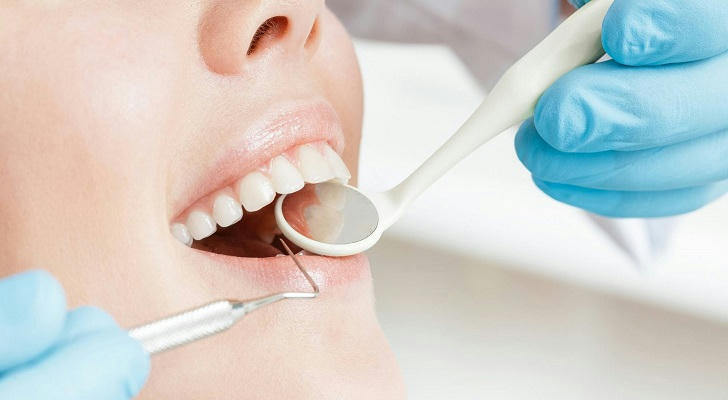Is dental care too expensive in the United States? A practical guide to saving money in 2025: People without insurance and low income can also afford dental care!
In the U.S., dental care has always been a "luxury": a routine cleaning can easily cost $250, filling a cavity often exceeds $400, and a root canal or crown can surpass $2,500. What’s even more frustrating is that most health insurance plans, including Medicare, don’t cover dental treatments, leaving countless uninsured individuals with no choice but to "endure" their tooth pain.
Starting in 2025, more dental services tailored for low-income individuals are becoming widely available, such as sliding-scale fee dental clinics, dental school clinics, and nonprofit dental centers across the country. These options typically charge far less than private practices, offering truly affordable dental care. Whether you need a tooth extraction, filling, or routine checkup, using the right strategies can significantly reduce the financial burden of dental care in the U.S., making it no longer out of reach.

1. Just How High Are U.S. Dental Costs?
Dental treatment in the U.S. is generally expensive, especially without insurance, with many routine procedures placing a heavy burden on households. However, if you opt for sliding-scale clinics or university dental schools, costs can be drastically reduced. Below is a price comparison for common dental services at private practices versus nonprofit or educational institutions:
| Service | Market Average (Private Practice) | Discounted Price Range (Nonprofit/Educational) |
|---|---|---|
| Routine Cleaning | $150 – $250 | $60 – $100 |
| Filling | $150 – $400/tooth | $80 – $150 |
| Simple Extraction | $300 – $800 | $100 – $200 |
| Root Canal | $800 – $1,500 | $400 – $800 |
| Crown (Porcelain) | $1,000 – $2,500 | $500 – $1,200 |
2. How Can Uninsured and Low-Income Individuals Access Dental Care?
Sliding-Scale Fee Dental Clinics
These clinics adjust fees based on household income—the lower the income, the lower the cost. Many are operated by nonprofits or community health centers and offer basic services like cleanings, fillings, extractions, and X-rays, often without requiring insurance.
Dental School Clinics
Many U.S. dental schools provide services to the public, with students performing treatments under professional supervision. Prices are much lower than market rates, making them ideal for complex procedures. Examples include NYU College of Dentistry, University of Pennsylvania, and UCSF School of Dentistry—reliable and budget-friendly.
Community Dental Centers
Federally Qualified Health Centers (FQHCs) operate nationwide, offering basic medical and dental care for low-income and uninsured patients. Fees are income-based, and payment plans or government subsidies may be available.
3. Examples of Low-Cost Dental Services in Different Cities
- Houston, TX: San Jose Clinic offers sliding-scale fees for cleanings, extractions, fillings, and more.
- Los Angeles, CA: Venice Family Clinic welcomes uninsured patients at affordable rates.
- Chicago, IL: Chicago Family Health Center provides comprehensive basic dental care with transparent pricing.
- New York, NY: NYU Dental School Clinic offers cleanings starting at just $80, ideal for the uninsured.
- Phoenix, AZ: Mountain Park Health Center delivers full oral care for low-income families.
4. Practical Tips: How to Save on Dental Care
- Compare prices: Costs can vary by up to 50% between clinics in the same city—research beforehand.
- Prepare income proof: Sliding-scale clinics often require tax returns, pay stubs, or government assistance documentation.
- Prioritize dental schools: Quality isn’t compromised, and prices are lower—great for non-emergency treatments.
- Avoid overtreatment: Some private clinics may push unnecessary procedures—seek second opinions.
- Watch for community events: Many cities host low-cost dental clinics, sometimes charging only for materials.
5. Conclusion
The high cost of dental care in the U.S. is a well-known reality, but in 2025, practical solutions exist for the uninsured and low-income populations. By leveraging sliding-scale clinics, dental schools, and community health centers, you can reduce expenses while ensuring oral health isn’t neglected.
Instead of delaying care, start exploring low-cost dental resources in your city today—so dental visits no longer have to break the bank.
